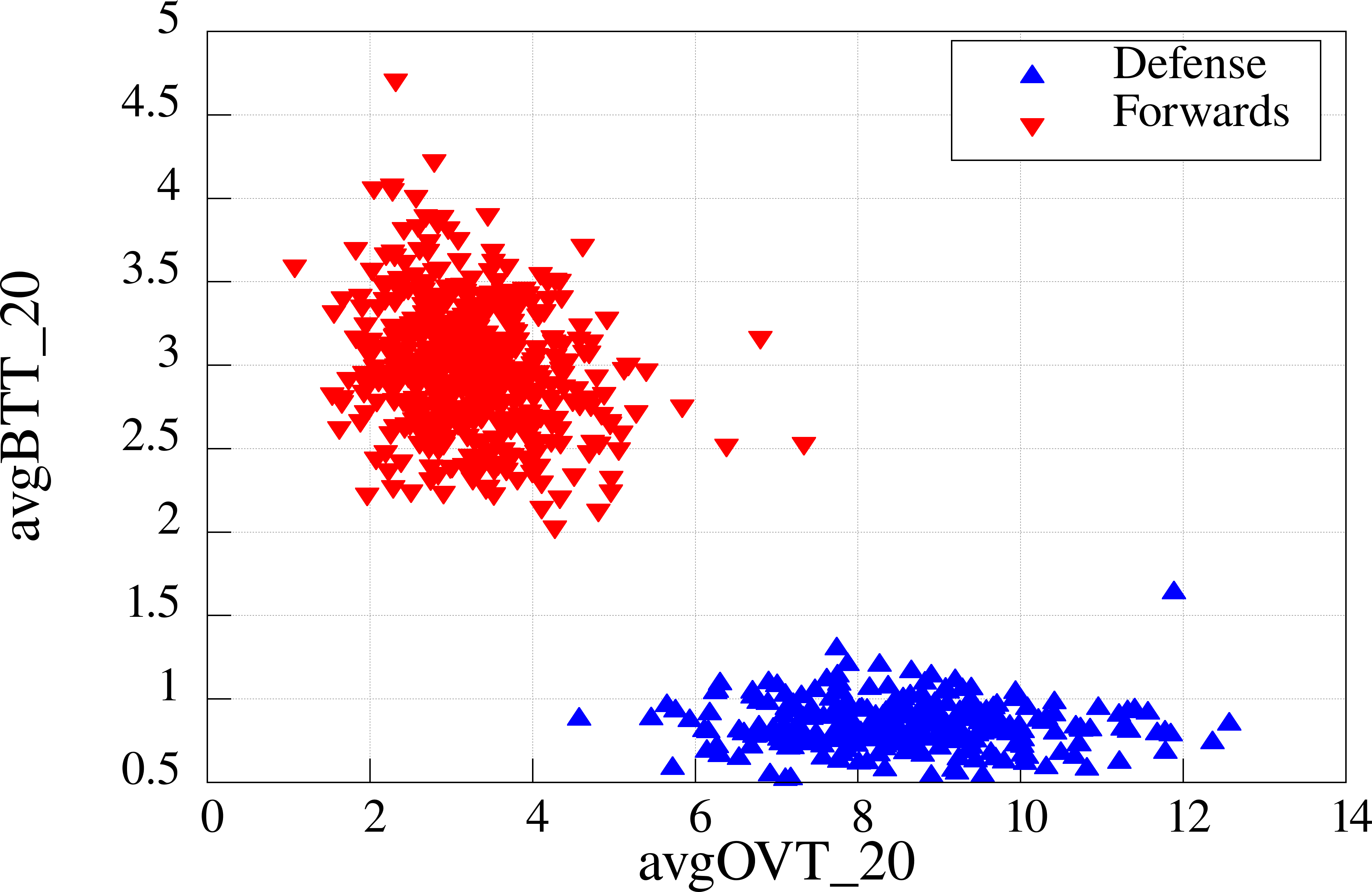Analyzing Passing Metrics in Ice Hockey using Puck and Player Tracking Data
David Radke,
Jaxin Lu, Jackson Woloschuk, Tin Le,
Daniel Radke,
Charlie Liu, and
Tim Brecht
In Proceedings: Linköping Hockey Analytics Conference (LINHAC) 2023
[Click for Paper]

Abstract:
Traditional ice hockey statistics are inherently biased towards
offensive events like goals, assists, and shots. However, successful
teams in ice hockey require players with skills that may not be captured
using traditional measures of performance. The adoption of puck and
player tracking systems in the National Hockey League (NHL) has significantly increased the scope of possible metrics that can be obtained.
In this paper, we compute recently proposed passing metrics from 1221
NHL games from the 2021-2022 season. We analyze the distributions of
values obtained for each player for each metric to understand the variance between, and within, different positions. We find that forwards tend
to complete fewer passes with smaller passing lanes, while defensemen
pass to forwards significantly more than their defensive partners . Additionally, because these new metrics do not correlate well with traditional
metrics (e.g., assists), we believe that they capture aspects of players’
abilities that may not appear on the game sheet.
Keywords: Passing, Passing Metrics, Passing Lanes, Tracking Data